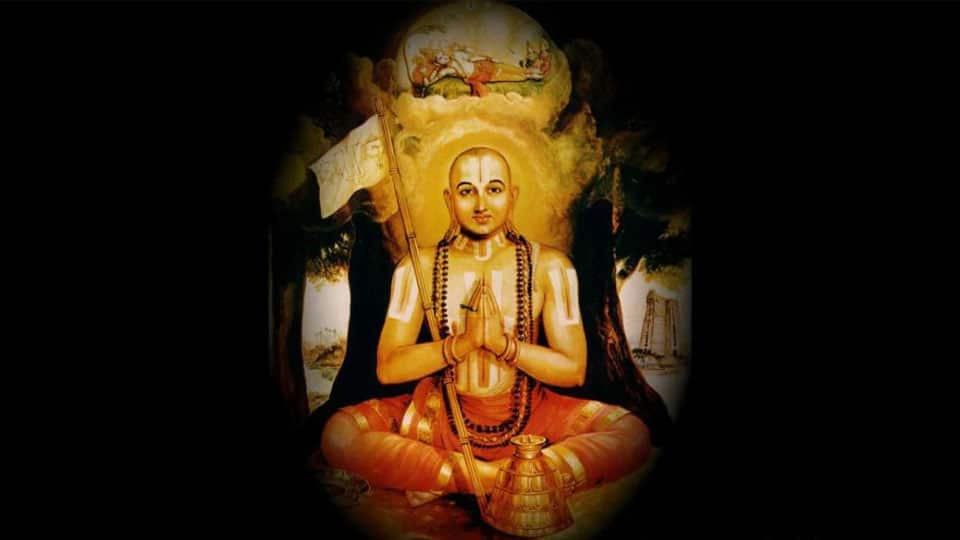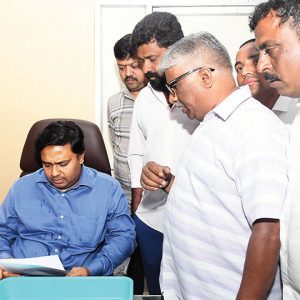Digging into the pages of history we can pick and choose from a long list of legendary figures comprising eminent scholars, kings, saints, philosophers, statesmen, warriors, composers of lyrics with everlasting messages, singers capturing the hearts of people of their times, creators of intricate stone carvings that have endured for centuries, authors of literary works both in Sanskrit and Kannada as well as other languages that have recently been bestowed classical language tag, reformers of society and also others whose identity has been lost in antiquity. For the specific purpose of dwelling upon some points relating to an order reported in a section of the press last week to display ‘open-to-all’ sign boards in front of temples coming under the Muzrai Department of Government of Karnataka, names of two legends of the land should qualify for according top billing, namely Adi Shankara, the eighth century theologian and Ramanujacharya (1017-1137), expounder of Vishistadvaita philosophy, whose 1000th birth anniversary is being currently celebrated.
While Adi Shankara’s short life, as authenticated by renowned scholars, is marked by many invaluable literary works such as his non-dualism or monism theology, treatise on the Vedas and the popular lyric Bhaja Govindam, described as one of the most lucid yet insightful works of Vedanta, Ramanujacharya’s long life of 120 years is marked by many breath-taking events of which two reveal his personality as a person far ahead of his times. One is the string of temples built under his supervision and the other is the Bhakti Marga for offering prayers to God.
Given the unbridled and loud-mouthed voices being heard and reports in the media, attributed to speakers seeking cheap popularity and short-term personal gains, apart from whipping up acrimonious emotions in the public domain, one is prompted to point out that their viscous speeches focussing on only misread mundane sides to spirituality expounded by the two ancient philosophers thus losing their guidelines for living a purposeful life of fulfilment. In this backdrop, it is most appropriate to recall the recorded fact of Ramanujacharya involving people without discriminating them for their social and economic status in society. Scholars, particularly those discerning in their outlook, have described Ramanujacharya as a cosmopolitan far ahead of his times, being a pioneer in not practicing untouchability and not restricting entry into temples for anyone desirous of offering worship.
In light of the foregoing narrative, one cannot but feel ashamed that the noble examples of our two great philosophers mentioned earlier have yielded place to the presently-seen discriminatory practices in places of worship. The just-taken measure by the District Administration ostensibly to undo such practices has come not a day too early. It is for the society to join hands in ensuring unqualified success for the measure.








Recent Comments